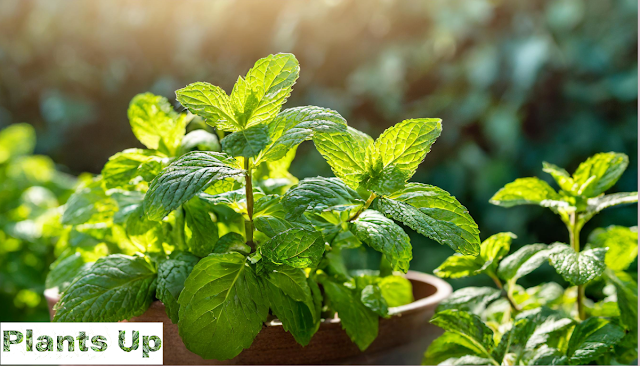Heavy rain and storm are natural disasters that can cause significant damage to plants. In such situations, plants can be uprooted, broken, or damaged by heavy rains, strong winds, and flying debris. This can be a devastating experience for gardeners and plant enthusiasts who have invested time and effort into their plants.
In this article, we will discuss the effects of heavy rain and storm on plants and how to minimize the damage.
Effects of Heavy Rain and Storm on Plants
Heavy rain and storm can cause several harmful effects on plants, including:
Soil Erosion: Heavy rains can cause soil erosion, which can wash away the soil and the nutrients in it. This can cause damage to the roots of the plants, which can lead to stunted growth or death.
Waterlogging: Heavy rains can saturate the soil and cause waterlogging. This can suffocate the roots of the plants and cause them to die.
Flooding: Flooding can submerge the plants in water, which can cause them to drown or die due to lack of oxygen.
Uprooting: Strong winds during a storm can uproot the plants or cause them to lean dangerously. This can cause damage to the roots or break the stem, leading to the death of the plant.
Minimizing the Damage
Here are some tips on how to minimize the damage caused by heavy rain and storm on plants:
Prune the plants: Pruning the plants before the storm can help reduce wind resistance and prevent them from breaking.
Staking: Use stakes to provide support to plants that are likely to be uprooted during a storm.
Drainage: Ensure proper drainage to prevent waterlogging.
Cover plants: Cover the plants with tarps or cloth to protect them from heavy rain and wind.
Clean up: After the storm, clean up the fallen leaves and debris to prevent fungal growth.
Prevention measures: Discuss how gardeners can take measures to protect their plants from heavy rain and storms, such as using sturdy stakes and supports, using mulch, and ensuring proper drainage.
Plant selection: Some plants are more susceptible to damage from heavy rain and storms than others. You can provide a list of plants that are more resistant to such weather conditions and offer tips on how to care for them.
Maintenance tips: Share tips on how to maintain your garden after heavy rain and storms, such as removing fallen branches and debris, pruning damaged limbs, and checking for signs of disease or pest infestations.
Restoration methods: Discuss restoration methods for damaged plants, such as pruning, replanting, and fertilizing.
Resources: Share resources for gardeners who need further assistance, such as local garden centers or horticulturists who can provide advice and assistance in restoring their gardens.
Climate change: Address the impact of climate change on weather patterns and how it can affect plant growth and survival. Discuss ways in which gardeners can adapt to these changes and protect their gardens from extreme weather conditions.
Conclusion
Heavy rain and storm can cause significant damage to plants. However, by taking the necessary precautions, you can minimize the damage and ensure the survival of your plants. Pruning, staking, drainage, covering plants, and cleaning up after the storm are some of the measures that you can take to protect your plants from the adverse effects of heavy rain and storm.
Happy Gardening!
